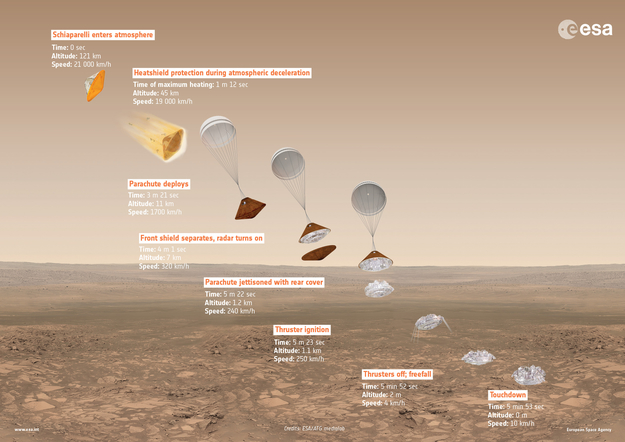One of the advantages about working in London is the rare opportunity of popping over to the Royal Aeronautical Society when the HQ offers presentations and speaker events, now these can consist of a vast array of subjects ( check out the event calendar ), and best of all they are free!
I tend to keep an eye on the website for interesting aviation subjects but ExoMars fitted the bill last night, a fault of mine is being interested in many things (to the detriment of my time and money) but I thought that this would be a good chance to mingle with some other spacey Geeks, and hear about something a little but different.. I wasn’t disappointed.
Most of these lectures occur in the evening, which provides suitable time to catch a trip on the tube during rush hour, (not a pleasant experience for most), todays was no exception and a ride on the central line to Marble Arch with a further short walk past some very expensive hotels, and all the associated expensive cars parked outside (most of them without UK registrations!)
The lecture starts with a coffee reception on the 1st floor, with unusually no seating, but a few tables dotted in the room to at least place your cup down, then after a brief wait into the lecture room.
What attracted me to this specific event? it was the mission goal (detection of life on Mars), it was to be hosted by the project manager who has been working for ESA for 10 years so it seemed and was involved some previous Mars exploits.
What is ExoMars – check out ExoMars programme here
What really caught me by surprise was that this ExoMars programme is a precursor to another mission set for 2020, and a proving platform for various landing and flight manoeuvres, rather than a scientific expedition, but that being said it will run a number of experiments to ascertain if life existed or exists under the ionised layer of the surface (below 2m) and checking carbon dioxide from the orbiting satellite. One future device that will remain dormant for some time is a laser reflector mounted on the landing probe, which they hope will be of use for the future, as for now laser range finding beams to Mars is still science fiction.
Although the ExoMars programme is scheduled to run until possibly 2022, the Schiaparelli lander is only due to run for up to 3 sols.. (Sols are Mars days and 2.7% longer than earth days (or respective orbital days for each planet))- now for three days that’s a lot of effort for such a short lifecycle in my opinion, but it seems that weight and battery power dictate this timeline, which ultimately coincides with the cost of getting hardware into space in the first place.

The Schiaparelli lander is designed to CFT (Controlled Flight into Terrain) with a collapsible underbelly to absorb the estimated impact from a height of 2m, now I think a lot of fingers will be crossed hoping that their estimated smooth landing zone is just that – smooth, but as any might presume, estimated is just that, and any possibility of a object being larger than 90cm puts all this to waste.

with the presentation over Thales kindly opened up the drinks reception, and coffee was replaced with a option of either Red or White, not one to turn down a free drink and not driving – who couldn’t resist.. a nice closure to interesting presentation and talk.
I’d recommend these RAS talks to anyone, and they’re free!.
Pictures courtesy of ESA.